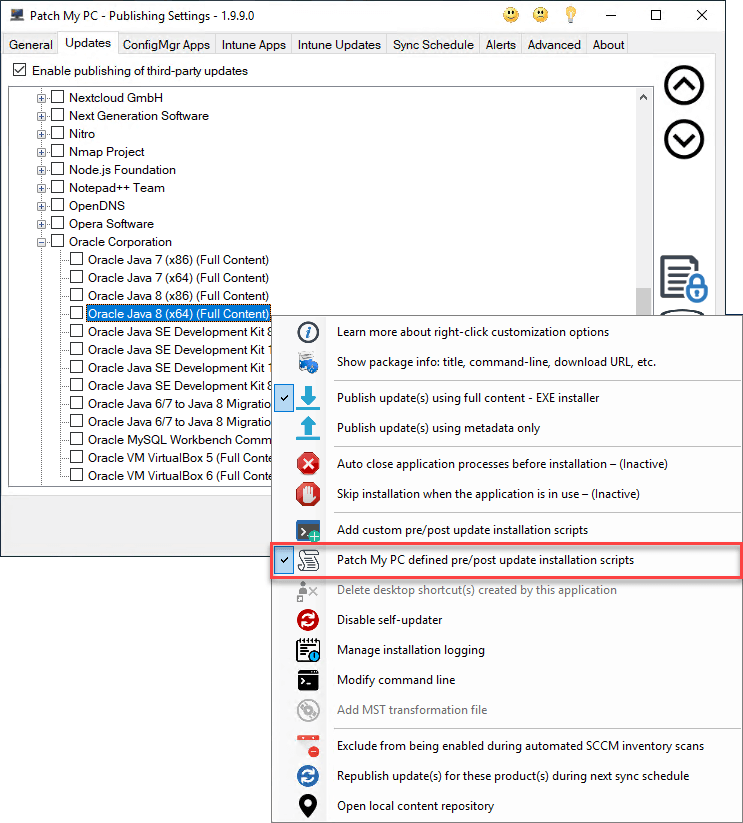

- Cant remove java 7 update 45 how to#
- Cant remove java 7 update 45 code#
- Cant remove java 7 update 45 windows 7#
Permissions can be granted to all applications or restricted to a particular URL. If (checkKeyUsage(cert, KU_SIGNATURE) = false) /.java.policy, or point to any Java policy file which has AllPermissions in the $(JRE_HOME)/lib/security/curity file. Private void checkCodeSigning(X509Certificate cert)
Cant remove java 7 update 45 code#
* Check whether this certificate can be used for code signing. I've found the source code for the EndEntit圜hecker that performs this check. The java plugin checks for the presence of these fields. These fields, when present, restrict the valid usage of the certificate. X.509 certificates may include key usage fields (KU's) and extended key usage fields (EKU's).
Cant remove java 7 update 45 windows 7#
This would disable the display of Java Updates Available notification in Windows 7 Taskbar. And click OK button to confirm and save the changes. Un mark the check box with label as Check for Updates Automatically. In the Java Control Panel navigate to update tab. What exactly makes a certificate a Code Signing Certificate? In The Programs screen, select Java from the available list.
Cant remove java 7 update 45 how to#
Take a look at the documentation on working with Signed RIAs, in particular 23.2 "Signing RIAs", for information on how to create a code signing certificate to sign your applet. See also Oracle's documentation on security dialogs for a description of the dialogs and why and when they appear. Then the user will get a way nicer looking confirmation dialog that lists your name as the publisher of the application: You can prevent this popup, if you sign using a code signing certificate that's signed by a trusted certificate authority.
Self-signed applications are blocked with this nasty-looking popup: In Eclipse if Java is mapped to Java version 11 and in pom.xml it is mapped to Java version 8. Your application is considered to be self-signed because you've signed it with a certificate that's not intended for code signing. If eclipse Java build path is mapped to 7, 8 and in Project pom.xml Maven properties java.version is mentioned higher Java version(9,10,11, etc.,) than 7,8 you need to update in pom.xml file. Is it mandatory if I want to sign my applet using signed certificate then it must be a code signing certificate? wildcard or ssl certificate will not work?Īs I am getting self signed applet block issue though I have signed my applet with wildcard certificate. Or is it really mandatory from Java that we must need to add site url in exception site list to avoid such blocking error.īasically is there any option available to add our url in exception site list through manifest file or any Java code ? Is there any option available to avoid these security blocking popups by adding some changes in manifest file while creating signed applet, or any script, java code to avoid these popups without adding site url in exception site list? Here is my manifest file after creating signed applet: I have created a signed applet using a third part certificate. I have created Java signed applet, it runs perfectly if I set my Java(JRE 8) security level high and add my site url in exception site list.īut if we do not add site url in exception site list, java security exception comes as explained here : add url in exception site list


 0 kommentar(er)
0 kommentar(er)
